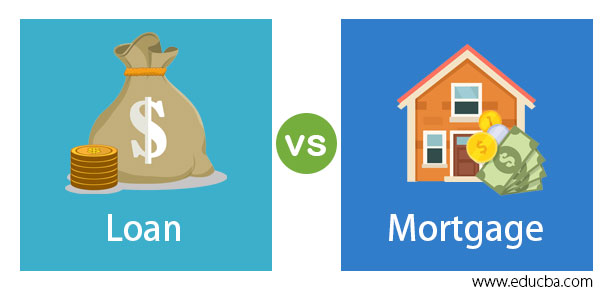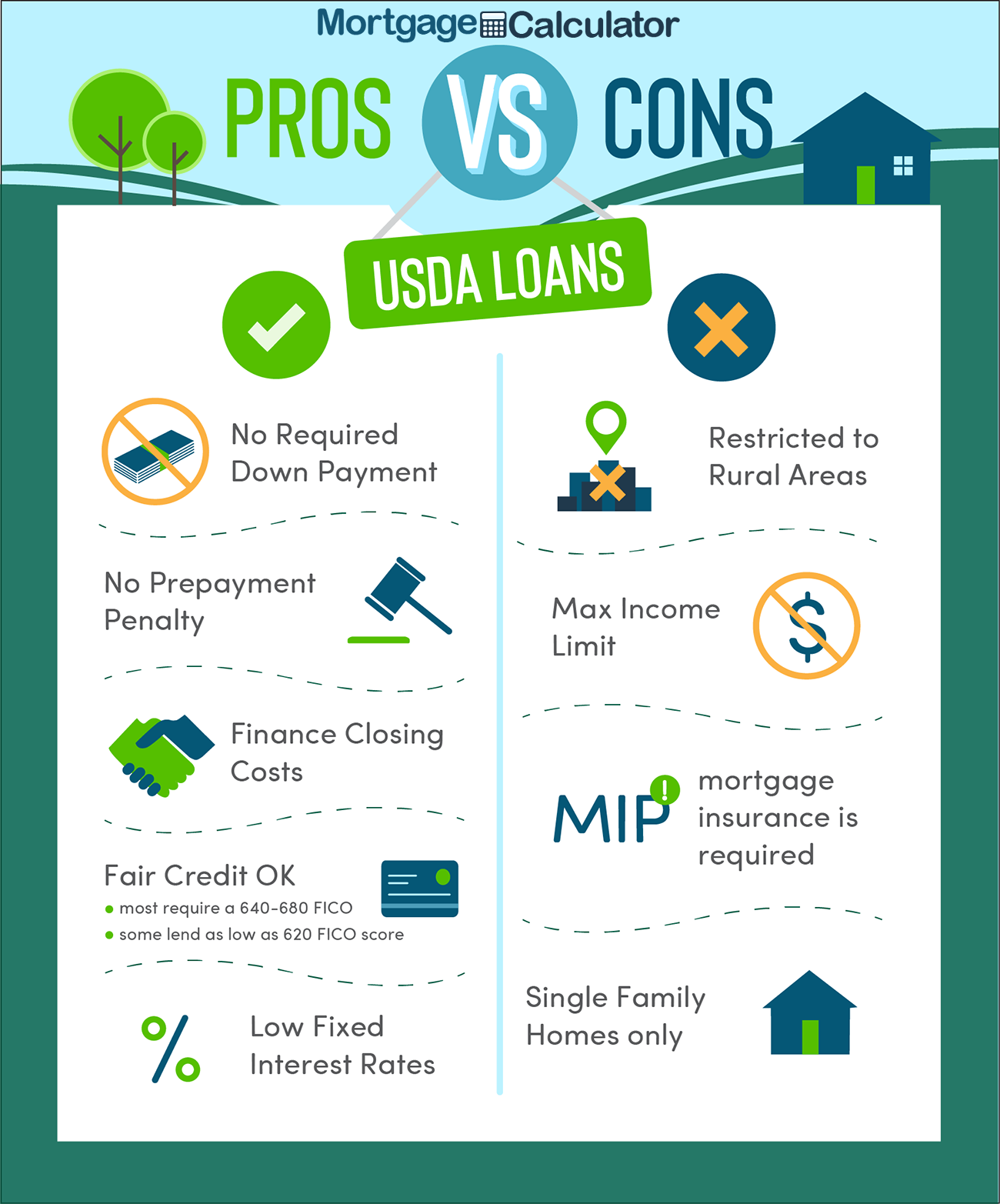Conventional Mortgage Loans: Flexible Funding Solutions for Your Dream Home
Wiki Article
The Crucial Aspects to Take Into Consideration When Choosing Between Fixed-Rate and Adjustable-Rate Mortgage Loans
When evaluating home loan alternatives, customers face a pivotal decision between adjustable-rate and fixed-rate loans, each offering potential risks and unique advantages. Trick factors to consider such as rate of interest rate security, predictability in monthly settlements, and the effects of potential rate modifications can dramatically affect long-term monetary health.Rate Of Interest Price Stability
When choosing a home loan, comprehending rate of interest stability is critical for educated decision-making. Rates of interest can substantially impact the overall price of a mortgage, and acknowledging the nature of these prices is necessary for consumers. Fixed-rate mortgages use the advantage of constant month-to-month settlements over the life of the car loan, securing borrowers from market changes. This stability allows homeowners to plan their funds with greater assurance, as they will not be impacted by increasing rates of interest.On the other hand, variable-rate mortgages (ARMs) begin with reduced preliminary prices that may alter periodically based on market conditions. While this can result in reduced settlements originally, it also presents uncertainty, as consumers might deal with raised repayments if rates of interest climb. For those taking into consideration an ARM, it is vital to assess the chance of rate adjustments, the potential for repayment increases, and the length of the preliminary fixed-rate duration.
Ultimately, the choice in between adjustable-rate and fixed-rate mortgages rests on specific threat tolerance and financial conditions. Comprehending rates of interest stability assists borrowers make notified choices that align with their lasting financial objectives.
Monthly Settlement Predictability
While customers typically focus on rates of interest stability, the predictability of regular monthly settlements is just as vital in the mortgage option process (Conventional mortgage loans). Regular monthly repayment predictability plays a crucial function in budgeting and economic preparation, as it straight impacts a home owner's cash flow and total monetary wellnessFixed-rate home loans provide a constant monthly payment throughout the life of the lending, enabling borrowers to expect and intend their expenses properly. This stability can be particularly beneficial for newbie property buyers or those on a fixed income, as it gets rid of the uncertainty connected with fluctuating payments.
On the other hand, variable-rate mortgages (ARMs) normally feature reduced first repayments that can alter over time, bring about potential variability in monthly commitments. While at first enticing, this unpredictability can complicate financial preparation, particularly if customers do not make up future price adjustments.
Potential Rate Changes
In the world of adjustable-rate mortgages (ARMs), possible price changes represent a substantial variable that borrowers must meticulously consider. Unlike fixed-rate mortgages, where the rates of interest stays unmodified for the life of the finance, ARMs are defined by varying rates of interest that are linked to market indices. This variability can bring about substantial changes in monthly payments, impacting the consumer's financial planning and budgeting.Normally, ARMs have a preliminary fixed-rate duration throughout which the rates of interest is steady. After this period, however, the rate adjusts at fixed intervals-- frequently yearly. Customers have to know the margin and index utilized to determine these modifications, as they straight influence future rates of interest. Additionally, ARMs typically include caps that restrict just how much the rate of interest can boost at each adjustment and over the life of the lending, which can give some level of protection against radical price hikes.
Comprehending these possible adjustments is essential for borrowers, as they straight affect long-lasting payment responsibilities. Evaluating individual economic scenarios and take the chance of resistance is essential when deciding whether an ARM aligns with one's economic objectives.
Loan Term Considerations
Loan term factors to consider play a critical duty in the decision-making process for customers picking helpful resources between adjustable-rate and fixed-rate home mortgages. The length of the finance term substantially impacts monthly settlements, rate of interest, and overall economic preparation. Fixed-rate mortgages generally use regards to 15 to thirty years, providing stability in month-to-month settlements and predictability in budgeting. This can be specifically appealing for borrowers that plan to remain in the very same home long-term and prefer the assurance of set settlements throughout the life of the funding.
Eventually, consumers must evaluate their personal scenarios, monetary goals, and market problems when weighing the effects of car loan term choices within each home mortgage kind.

Total Expense of Borrowing
Fixed-rate home loans supply predictable regular monthly payments, as the rate of interest rate continues to be continuous throughout the car loan term. This predictability can lead to lower total expenses, specifically in a stable or declining interest rate environment.Alternatively, adjustable-rate home mortgages (ARMs) usually begin with reduced first rates, leading to lowered in advance costs. These rates can raise after a preliminary period, leading to possibly higher long-term prices. Consumers must take into consideration the regularity and level of price changes, along with the total financing period, to accurately evaluate the financial implications.
In addition, the overall price of loaning incorporates not only interest rates yet also costs and various other associated prices, such as shutting prices and insurance policy (Conventional mortgage loans). When examining home mortgage options, debtors need to conduct a complete expense analysis over the life of the lending. By doing so, they can make an educated decision that lines up with their monetary objectives and risk tolerance
Conclusion
Finally, choosing in between adjustable-rate and fixed-rate home loan necessitates careful consideration of several crucial factors. Passion price stability and month-to-month repayment predictability are critical for reliable budgeting, while the possibility for rate adjustments in ARMs introduces monetary uncertainty. In addition, the awaited duration of homeownership and the overall expense of loaning, consisting of rates of interest and look what i found connected charges, should straighten with private monetary scenarios and risk tolerance. Such a detailed analysis will help with informed decision-making in home mortgage option.Key factors to consider such as rate of interest rate stability, predictability in month-to-month settlements, and the ramifications of possible price changes can dramatically influence lasting financial health and wellness. Interest prices can substantially influence the overall price of a mortgage, and acknowledging the nature of these rates is vital for consumers. Unlike fixed-rate mortgages, where the rate of interest price stays unmodified for the life of the finance, ARMs are identified by changing interest rates Learn More that are connected to market indices. In addition, ARMs frequently consist of caps that restrict just how a lot the interest price can raise at each change and over the life of the finance, which can give some degree of defense against drastic rate hikes.
Interest price stability and monthly settlement predictability are vital for efficient budgeting, while the possibility for rate changes in ARMs introduces financial uncertainty.
Report this wiki page